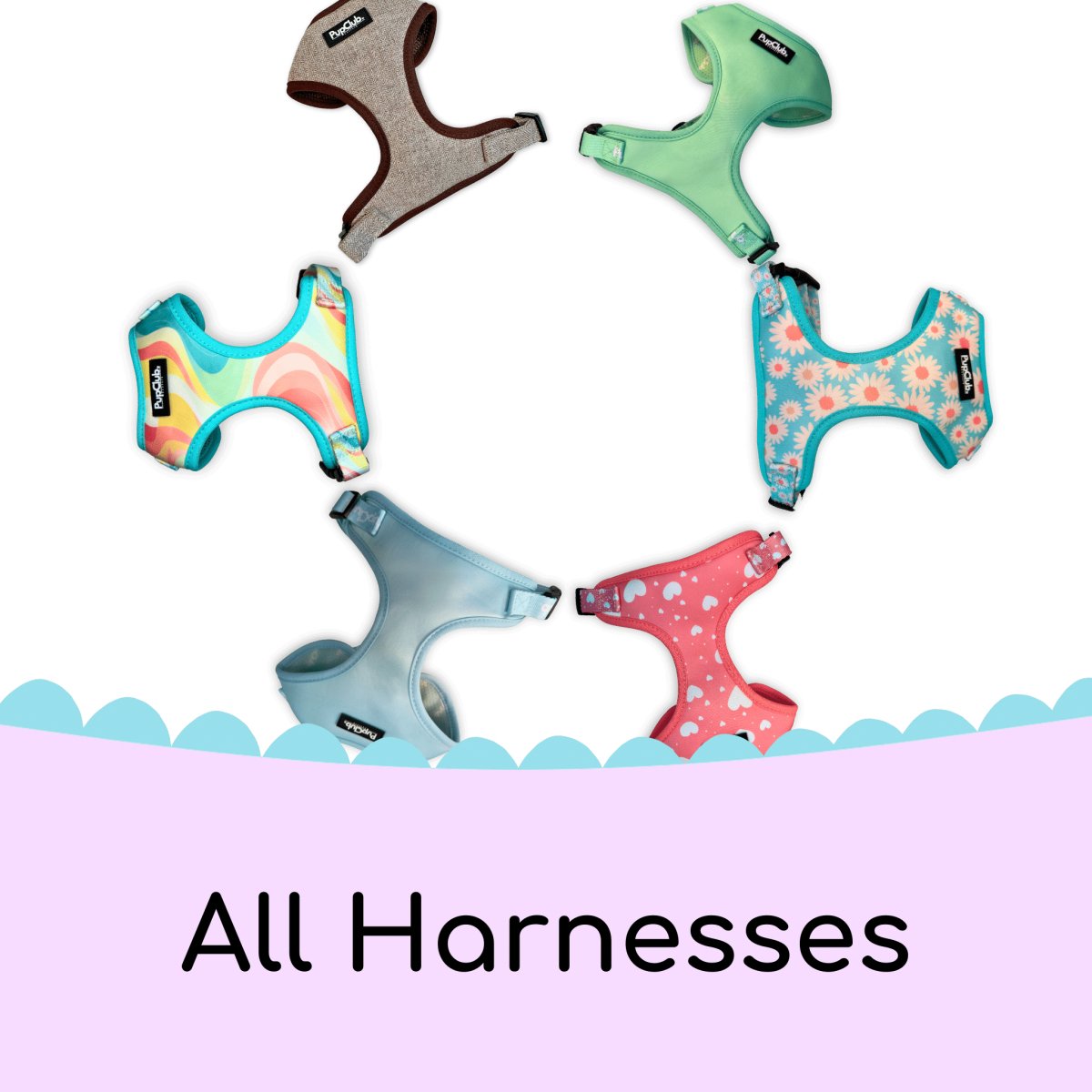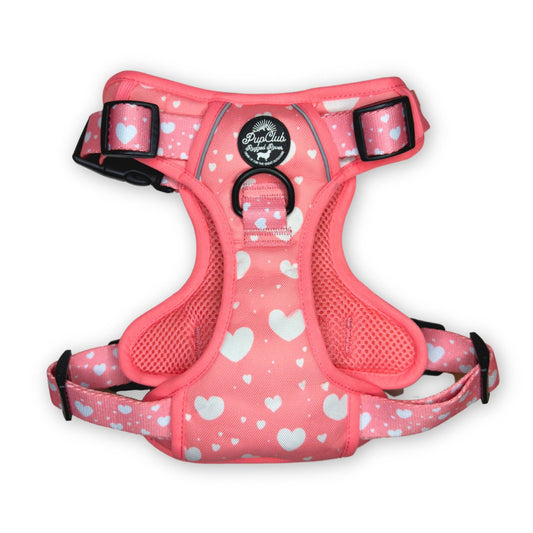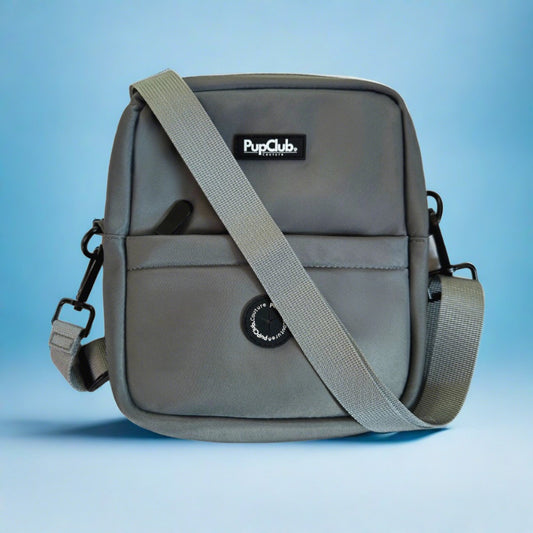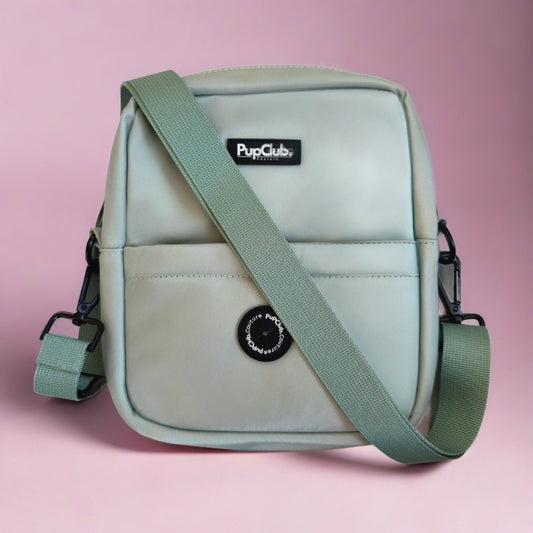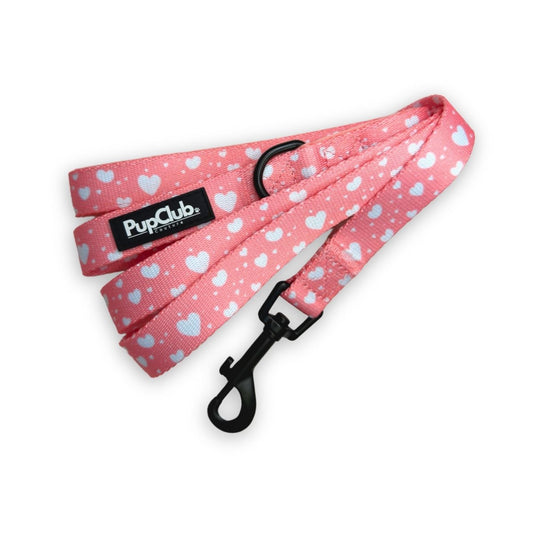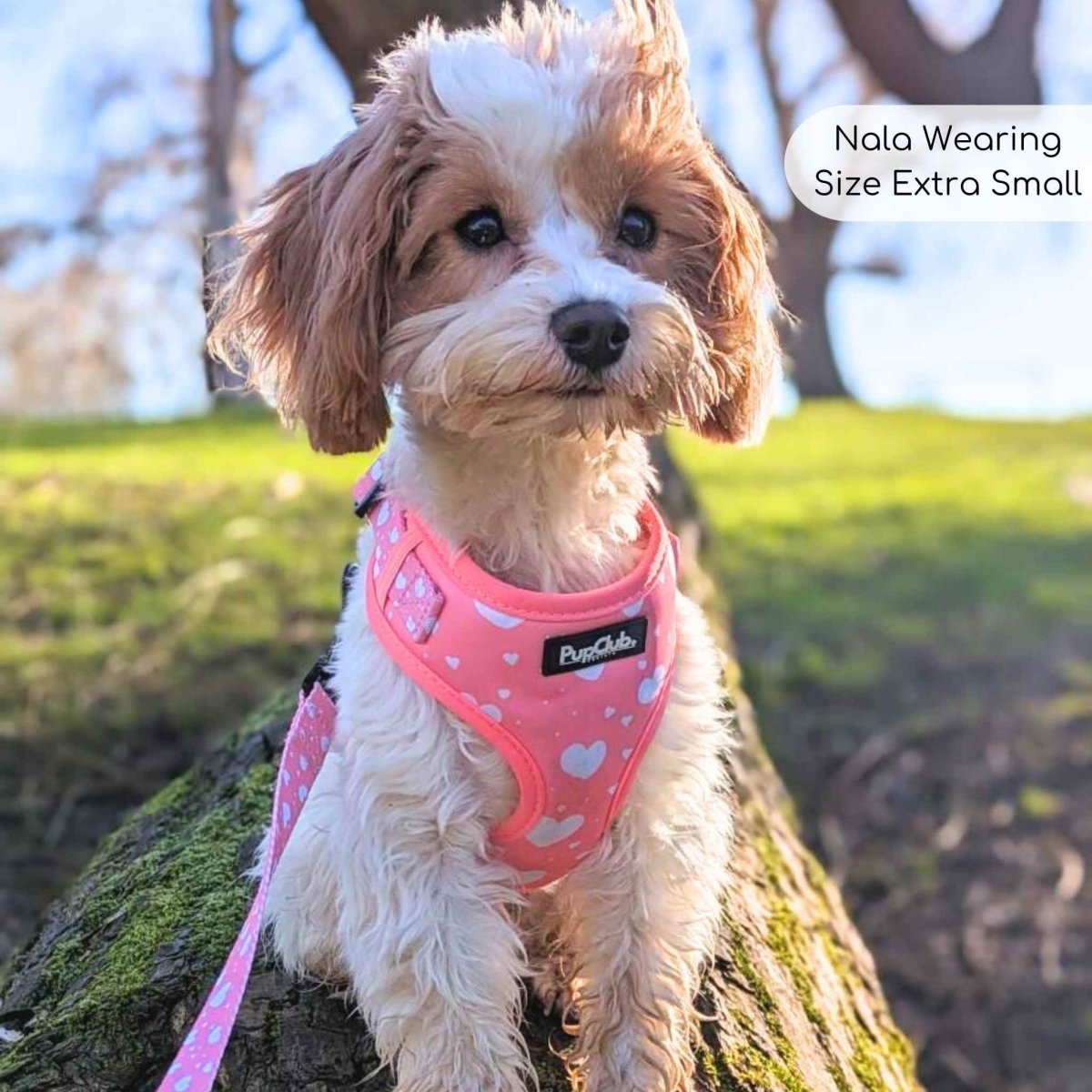
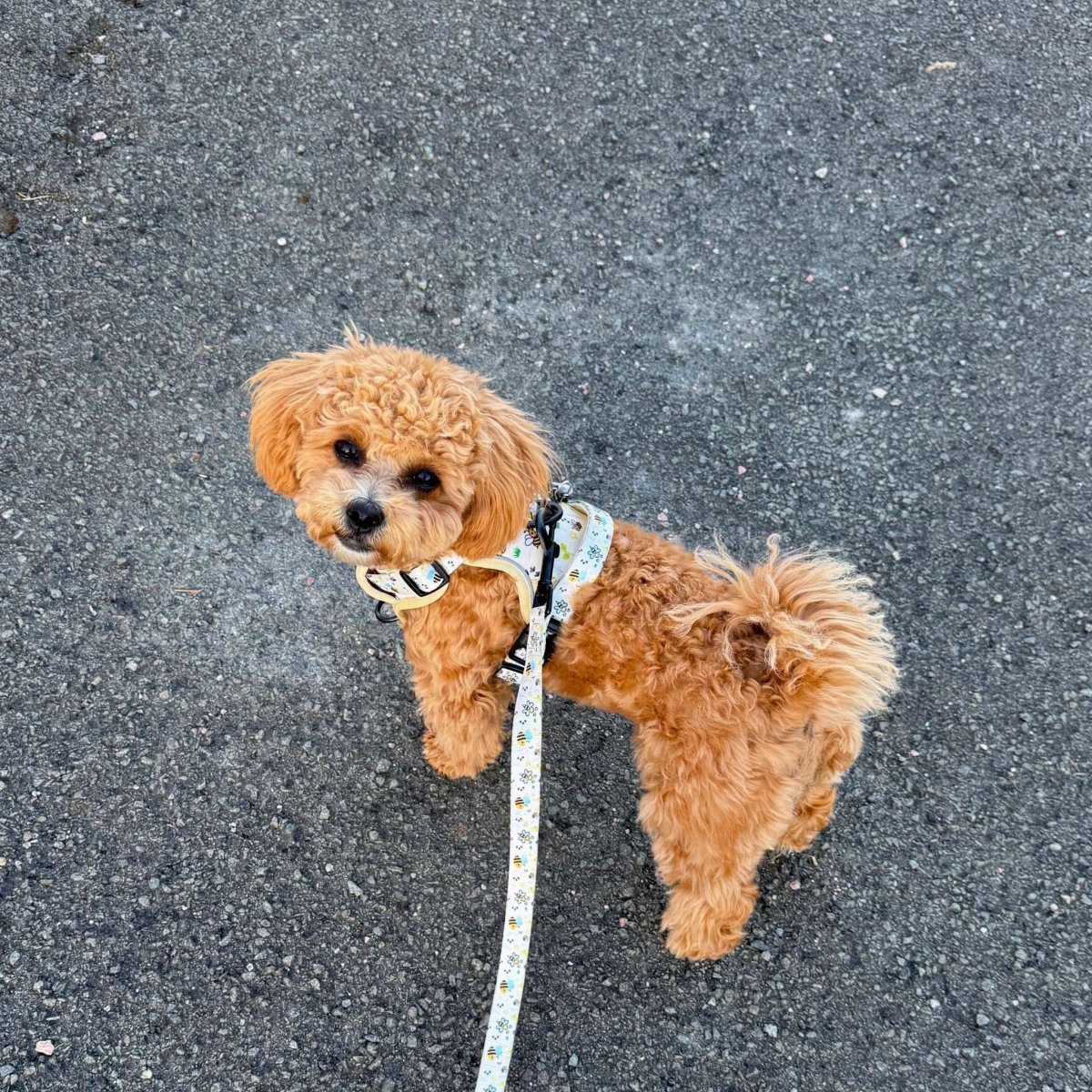
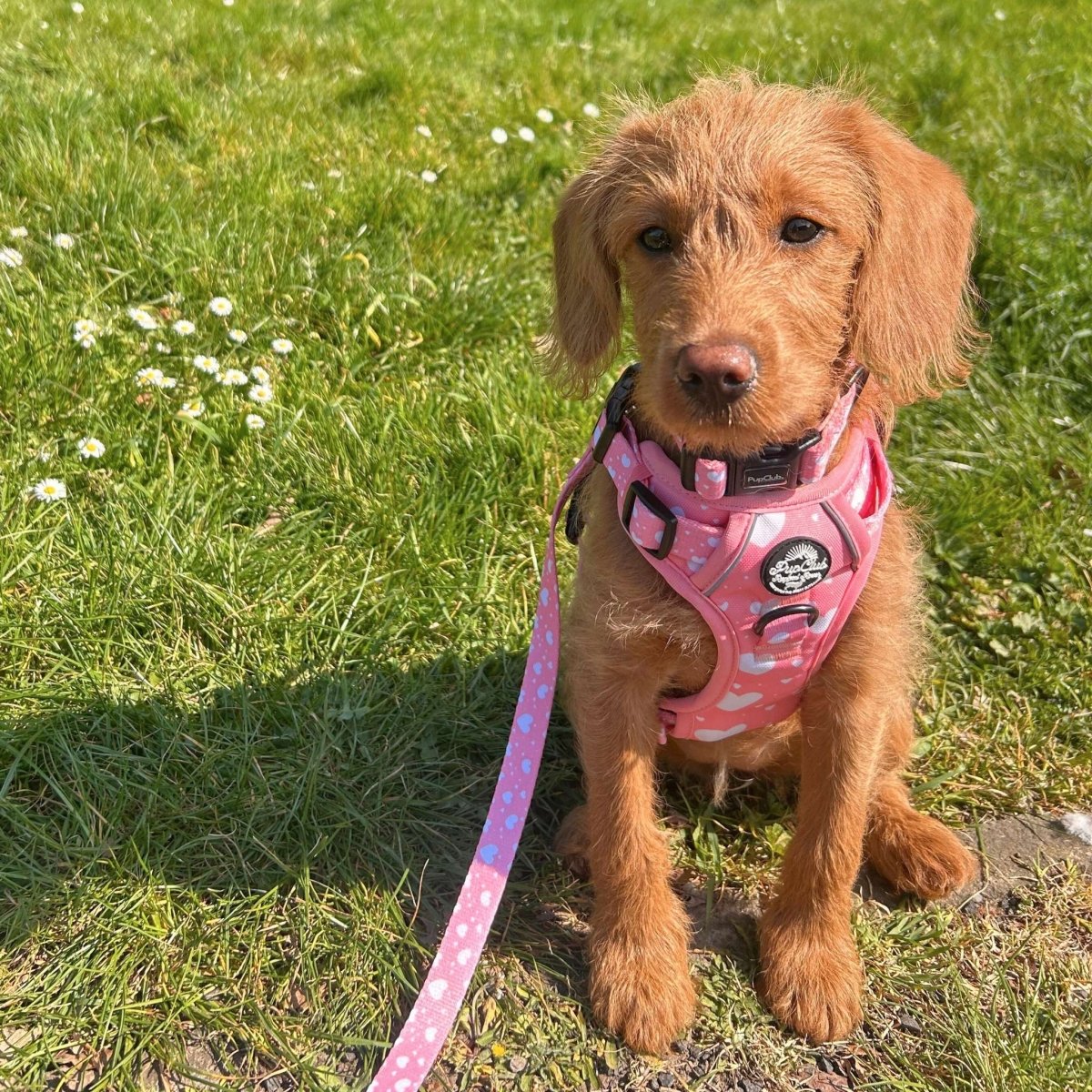
Welcoming a new puppy into your home is one of life's most joyful experiences. Those tiny paws, wagging tail, and adorable eyes bring instant happiness – but also responsibility! As a new puppy parent, you're embarking on a journey that requires preparation, patience, and the right equipment. While the learning curve might seem steep, these five essential tips will help you and your new furry family member thrive from day one.
1. Create a Consistent Walking and Training Routine
Puppies flourish with structure and consistency. Establishing a daily routine not only helps with house training but also builds confidence and security in your new puppy.
Puppy Routine Essentials
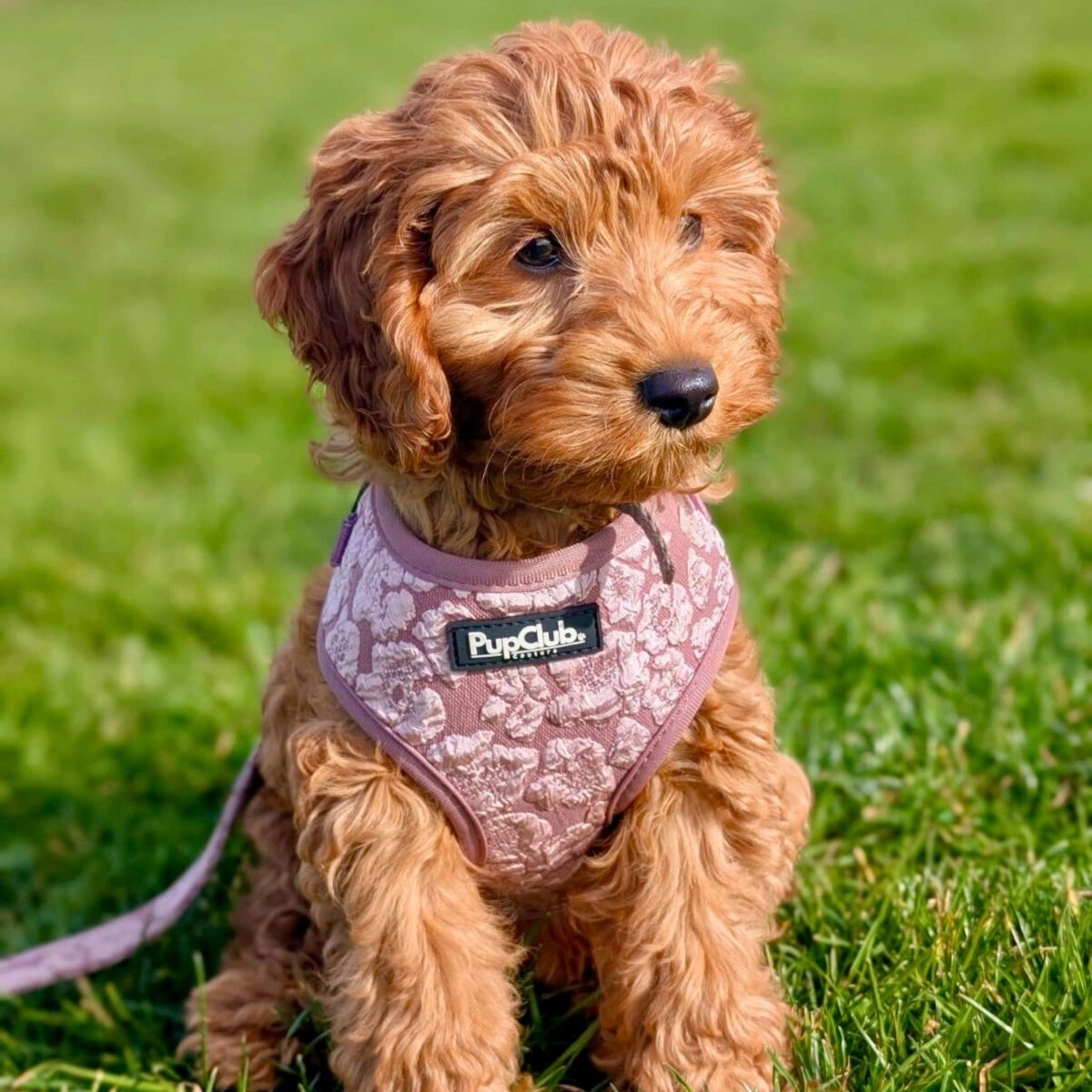
- Start with short, frequent walks (5-10 minutes) several times daily
- Use a properly fitted puppy harness rather than a collar to prevent trachea damage
- Schedule walks after meals and naps for successful potty training
- Gradually increase walk duration as your puppy grows and builds stamina
A proper harness is crucial for this stage – puppy necks are delicate, and traditional collars can cause injury during the learning phase when puppies tend to pull. A soft, adjustable harness like our Grow-With-Me collection distributes pressure evenly across the chest and shoulders, making training safer and more comfortable for your new puppy.
Shop Now: Adjustable Puppy Harnesses2. Early Socialization with the Right Equipment
The critical socialisation window for puppies closes around 16 weeks. During this period, positive experiences with different people, environments, and other dogs shape their future behaviour and confidence.
| Socialisation Scenario | Recommended Equipment | Why It Matters |
|---|---|---|
| Meeting New People | Comfortable, secure harness with ID tag | Prevents escape if startled; helps puppy feel secure during new interactions |
| Exploring New Environments | Reflective harness & long training lead | Provides freedom to explore while maintaining safe control |
| Puppy Playdates | Quick-release harness with handle | Allows for immediate control if play becomes too rough |
| Busy Urban Areas | Padded, dual-clip harness & traffic lead | Prevents pulling and provides close control in unpredictable settings |
| Training Classes | Lightweight harness & treat pouch | Comfortable for extended wear; easy access to rewards |
Remember that until your puppy is fully vaccinated, you'll need to balance socialisation with safety. Puppy classes, controlled playdates with vaccinated dogs, and carrying your puppy in new environments are excellent options during this period.
Small Puppies
Chihuahuas, Yorkies, Toy Poodles, Pomeranians
Medium Puppies
Beagles, Cockapoos, Cocker Spaniels, Shelties
Large Puppies
Labradors, Golden Retrievers, German Shepherds
3. Comfortable Equipment Makes Training Easier
Puppy training is about communication and establishing boundaries. The right tools make this process smoother for both you and your puppy.
Training Equipment Checklist
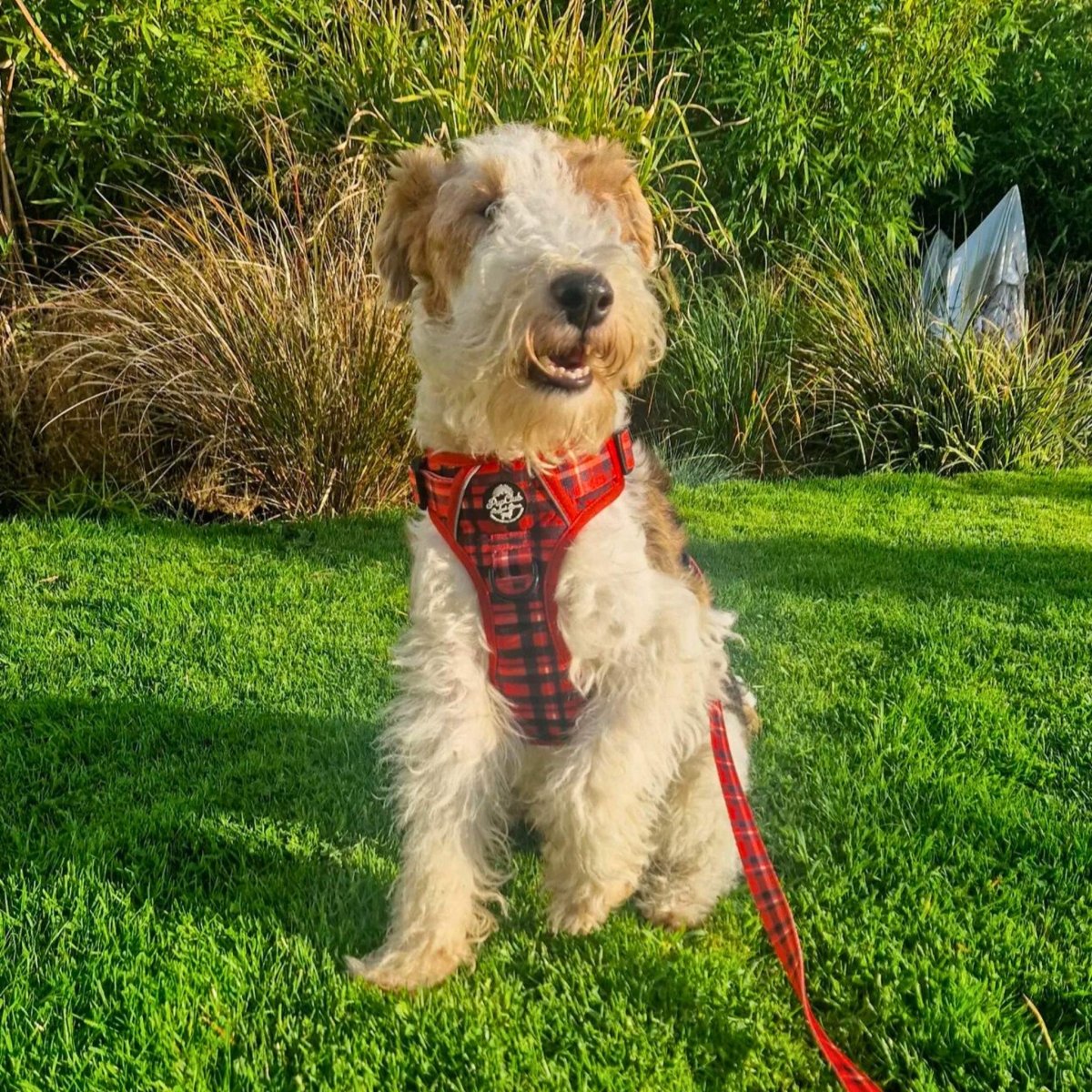
- A lightweight, adjustable harness that grows with your puppy
- Different lead options (standard, long line, traffic lead) for various training scenarios
- A treat pouch that attaches to your waist for easy access during training
- Puzzle toys that reward problem-solving and extend mental stimulation
- A comfortable mat or bed for "place" training
Proper fit is essential for any training equipment. A harness that's too loose can allow escape, while one that's too tight can cause discomfort and negative associations with training. Look for harnesses with multiple adjustment points that can accommodate your puppy's rapid growth.
Shop Now: Rugged Rover Training Harnesses4. Nutrition and Hydration On the Go
Keeping your puppy properly fed and hydrated is crucial for development, especially during active training sessions and adventures.
| Essential Item | Why It Matters for Puppies |
|---|---|
| Collapsible Water Bowls | Puppies dehydrate faster than adult dogs, easy access to water prevents overheating during walks and outings. |
| Treat Pouches | Quick access to rewards makes training more effective and consistent for new puppies. |
| Dog Walking bag or bumbag | Carrying small essentials without burdening your puppy, perfect for short training walks. |
| Treats & toys for training rewards | Small, high-value rewards provide immediate reinforcement during early socialization and training, creating positive associations that accelerate learning in new environments. |
| Clip-on Water Bottles | Ensures hydration is always available during crucial socialisation outings. |
When selecting training treats, choose small, soft options that your puppy can consume quickly without disrupting the training flow. Remember that treats count towards your puppy's daily caloric intake, so adjust meal portions accordingly. PupClub Couture's harnesses with treat pouch attachments make reward-based training even more convenient during socialization outings.
5. Health and Safety Gear for Peace of Mind
Regular vet visits are essential, but daily health monitoring and safety precautions are equally important for new puppy parents.
Health and Safety Essentials

- Reflective harnesses and leads for early morning or evening walks
- ID tags with current contact information (attachable to harnesses)
- First-aid items like tick removers that can clip to lead handles
- Weather-appropriate gear (cooling vests for summer, cosy jumpers for winter)
- Properly sized life jackets for water-loving breeds
Even if your puppy is microchipped, visible ID is critical for quick reunification if they ever get lost. Consider a harness with a built-in ID pocket or reflective stitching for added safety during evening potty breaks.
Shop Now: Puppy Safety CollectionFinal Thoughts for New Puppy Parents
The puppy stage passes quickly, but the habits and bonds you form during these early months will shape your relationship for years to come. Investing in quality, properly fitted equipment isn't just about convenience—it's about creating positive associations with training, walking, and socialising that will benefit your dog throughout their life.
Remember that every puppy is unique. What works perfectly for one may need adjustments for another. Be patient with yourself and your new family member as you learn together. With consistency, positive reinforcement, and the right equipment, you're setting the foundation for a wonderful lifelong friendship.
Your puppy deserves the best start in life. Our adjustable PupClub Couture Harness Collection is specifically designed for developing puppies, with soft, breathable materials and multiple adjustment points to ensure comfort during these critical early months. Our harnesses grow with your puppy, providing the perfect fit throughout their development stages while keeping them stylish and secure on every adventure.
Ready to Give Your New Puppy the Best Start?
Discover our complete collection of adjustable puppy harnesses, training leads, and accessories designed specifically for growing puppies and new puppy parents.
Shop Now: New Puppy CollectionFrequently Asked Questions about New Puppies
How do I choose the right harness size for my growing puppy?
For rapidly growing puppies, look for harnesses with multiple adjustment points. Measure your puppy's chest girth (just behind the front legs) and neck circumference, then add 1-2 inches for comfort. Choose harnesses labelled as "adjustable" or "grow-with-me" that offer at least 3-4 inches of adjustment range. Check the fit every two weeks during the first 6 months, ensuring you can slip two fingers between the harness and your puppy's body.
When should I start lead training my new puppy?
You can begin gentle lead introduction as early as 8 weeks of age. Start by letting your puppy wear just the harness for short periods around the house, creating positive associations with treats and praise. Once comfortable with the harness, attach a lightweight lead and let them drag it briefly under supervision. Around 10-12 weeks, begin short, positive guided walks in low-distraction environments before gradually building to more challenging settings.
How long should I walk my puppy each day?
A good rule of thumb is 5 minutes of structured walking per month of age, up to twice daily. For example, a 3-month-old puppy would get about 15 minutes of walking, twice daily. However, this varies by breed and individual energy levels. Large and giant breeds need controlled exercise to protect developing joints, while small breeds might tire more quickly. Focus on multiple short walks rather than one long one, and always watch for signs of fatigue like lagging behind or lying down.
Common Questions from New Puppy Parents
What's the difference between a collar and harness for puppies?
For puppies, harnesses are generally safer than collars as they distribute pressure across the chest rather than the delicate neck/throat area. This is especially important during the training phase when puppies often pull. Harnesses also reduce the risk of tracheal damage, provide better control, and most puppies find them more comfortable. While every puppy should have a collar with ID tags, we recommend using a properly fitted harness from PupClub Couture for walking and training.
How often should I replace my puppy's harness?
During the rapid growth phases (especially from 8-16 weeks), you may need to adjust or replace your puppy's harness every 2-4 weeks. Our adjustable PupClub Couture harnesses are designed with multiple adjustment points to accommodate growth, potentially lasting through several development stages. Always check the fit weekly - if you can't comfortably fit two fingers between the harness and your puppy's body, or if you notice any signs of discomfort, it's time to adjust or upgrade.
